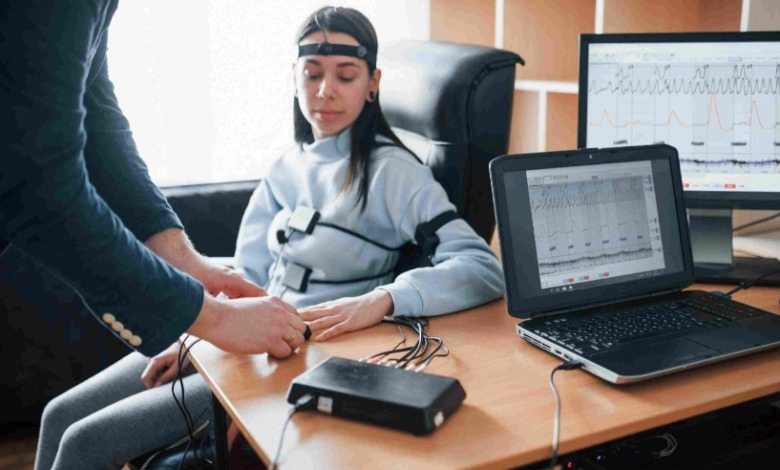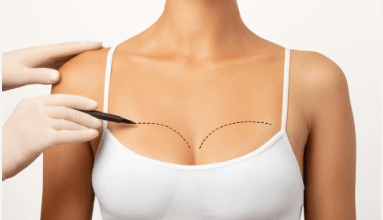Lie Detector Tests in Minnesota: Understanding the Role and Limitations of Polygraph Testing

Polygraph tests, widely known as lie detector tests, have been a longstanding tool used in various investigative and employment contexts to determine truthfulness. In Minnesota, the use of polygraph testing is subject to both state regulations and broader federal laws, making its application a carefully managed process. These tests operate by measuring physiological responses—such as heart rate, respiratory rate, blood pressure, and skin conductivity—when a person answers a series of structured questions. The underlying theory is that deception causes measurable stress responses, which can be recorded and analyzed by a trained examiner. However, despite their use in law enforcement, government agencies, and select private sector roles, polygraph tests in Minnesota continue to be met with scrutiny due to ongoing debates about their scientific reliability and ethical implications. As such, understanding how lie detector tests work, when they are legally permissible, and what their results truly indicate is crucial for anyone encountering this process in Minnesota.
How Polygraph Testing Works
A polygraph examination typically begins with a pre-test interview, during which the examiner explains the procedure and gathers background information to establish a baseline for the individual’s physiological responses. The examinee is then connected to sensors that monitor their vital signs, and a series of questions—categorized as irrelevant, control, and relevant—are asked. Irrelevant questions help establish normal physiological responses, control questions provoke mild stress to serve as comparison points, and relevant questions are those directly tied to the issue under investigation. The assumption is that if someone lies in response to a relevant question, their body will display a heightened stress response. However, the analysis of these responses is not a precise science. Examiners interpret the data based on training and experience, which introduces a level of subjectivity into the process. This is a critical reason why polygraph results are rarely accepted as standalone evidence in Minnesota courts or any formal legal proceeding.
Legal Regulations and Use in Minnesota
In Minnesota, the use of polygraph tests is regulated by both state law and federal legislation, specifically the Employee Polygraph Protection Act (EPPA). The EPPA prohibits most private employers from requiring or requesting polygraph tests as a condition of employment, with limited exceptions for certain job categories such as armored car services, security firms, and pharmaceutical manufacturing. Public sector employers and law enforcement agencies have broader permissions. In criminal investigations, polygraph tests may be used as investigative tools by police departments or legal teams, but the results are typically inadmissible in court unless both parties in the case agree to submit the results as evidence. Even then, judges may exclude them based on concerns about reliability. This cautious legal stance underscores Minnesota’s commitment to ensuring that potentially fallible tools like polygraph tests do not unfairly influence judicial outcomes.
See also: Creating Healthy Emotional Boundaries in Personal Relationships
Controversies Surrounding Accuracy and Ethics
The reliability of polygraph testing remains a heavily debated issue among scientists, legal professionals, and psychologists. Proponents claim that when administered by skilled examiners under controlled conditions, polygraph tests can achieve accuracy rates of 80 to 90 percent. However, critics argue that the physiological responses measured during a polygraph do not directly indicate deception but rather stress or anxiety, which can be caused by numerous factors unrelated to lying. A truthful person experiencing anxiety may produce readings that falsely suggest deception, while a deceptive individual who remains calm may pass the test. This raises ethical concerns, especially in employment or legal contexts where the outcome of a polygraph test can significantly affect a person’s livelihood or reputation. In Minnesota, these concerns are reflected in the cautious legal restrictions and professional standards applied to polygraph use, helping to ensure that results are interpreted in context and not relied upon as definitive proof.
Current and Future Applications in Minnesota
Despite its limitations, the polygraph test remains a tool frequently used in certain investigative and employment scenarios in Minnesota. Law enforcement agencies, particularly during background checks for police officer candidates, often incorporate polygraph testing as part of the screening process. Employers in sectors exempt from EPPA may also use polygraphs when investigating specific incidents like theft or drug misuse. However, as public awareness of the test’s limitations grows, so does the demand for more scientifically grounded methods of lie detection. Emerging technologies such as brainwave analysis, functional MRI scans, and AI-based behavioral assessments are being explored, but none have yet supplanted the polygraph in practical use. Until a more accurate and universally accepted alternative is developed, the polygraph test will likely retain its niche role within Minnesota’s legal and investigative framework.
Location in Minnesota
St Paul – 445 Minnesota St #1500, St Paul, MN 55101
In summary, lie detector tests in Minnesota serve as supplementary tools in certain regulated situations but are far from infallible. Their effectiveness depends heavily on proper administration, legal context, and the understanding that the test results are not absolute indicators of truth. Whether used in law enforcement investigations or employment screenings, polygraph testing in Minnesota must be approached with a blend of caution, legal awareness, and scientific skepticism.





